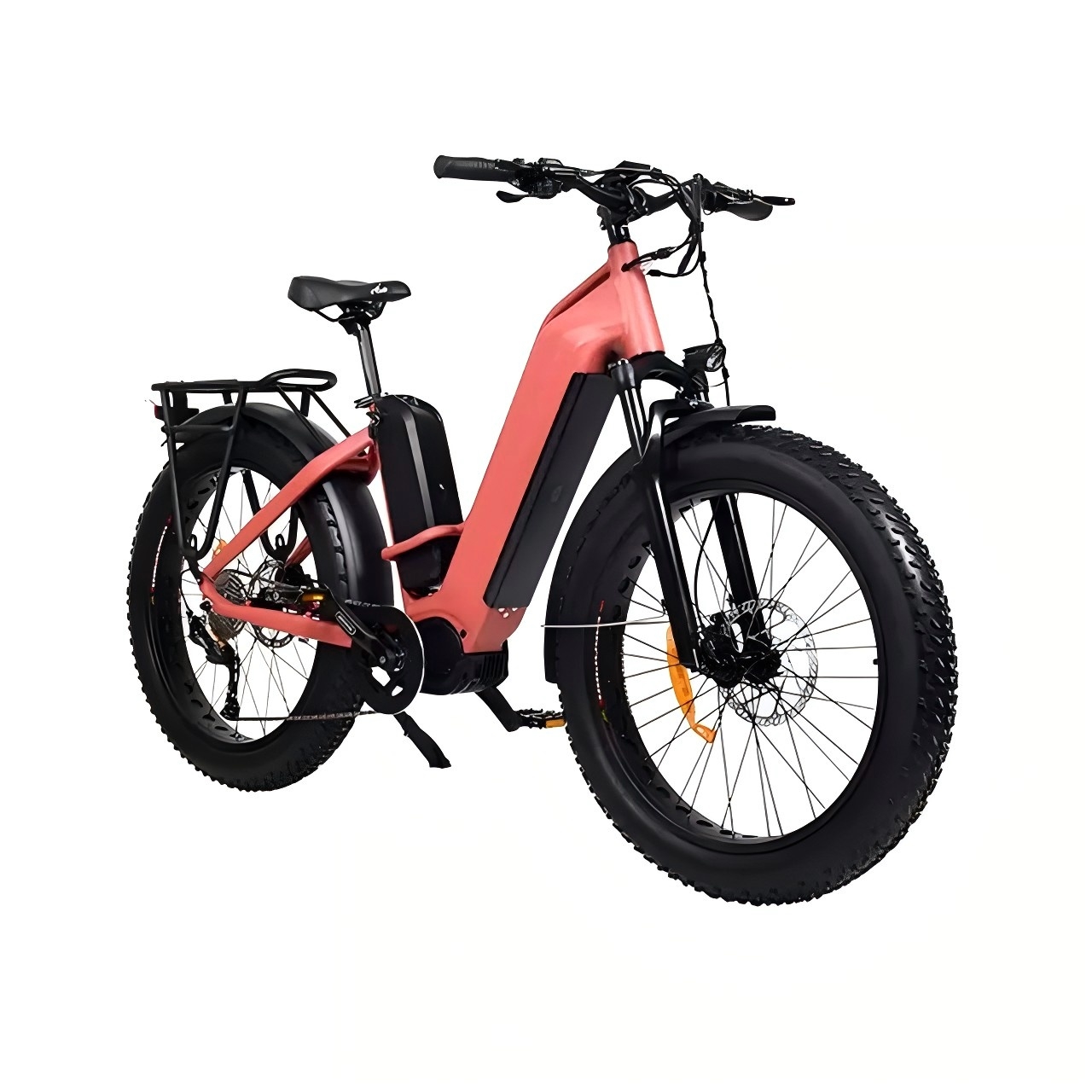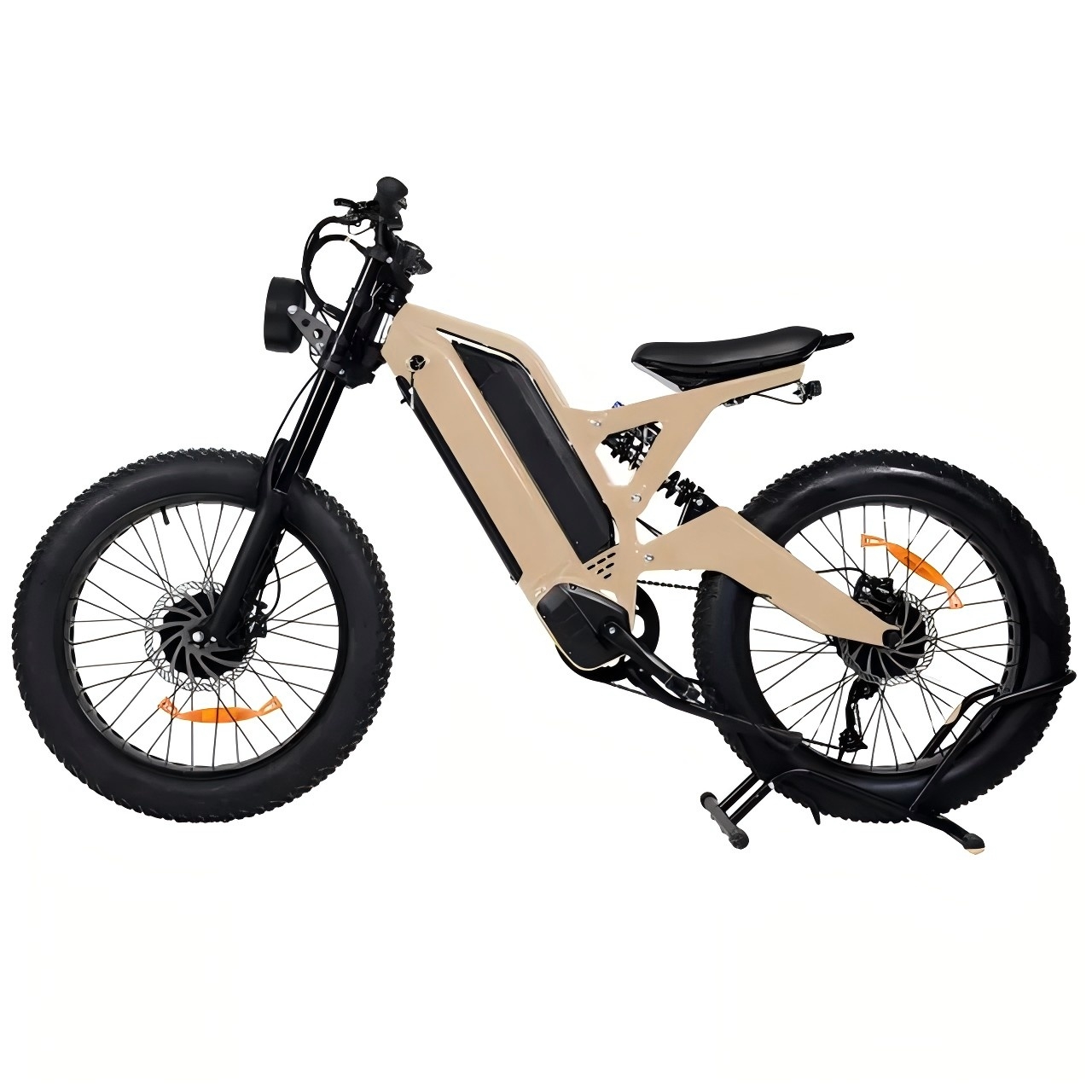Views: 0 Author: Site Editor Publish Time: 2025-06-23 Origin: Site









Electric bike batteries, commonly Lithium-Ion, are the driving force behind smooth and efficient rides. Proper storage is crucial to maintaining their health, performance, and longevity. In this article, we will explore the importance of proper storage and the potential risks of improper handling, such as battery degradation, reduced range, and shortened lifespan. By following the right storage practices, you can enhance the battery’s performance, extend its life, and reduce hazards like fires.

● What Types of Batteries are Used in Electric Bikes?
○ Lithium-Ion Batteries: The most popular due to their high energy density, lightweight, and long lifespan.
○ Lead Acid Batteries: Older and bulkier, often found in lower-priced e-bikes. They have a shorter lifespan and are less efficient than lithium-ion.
○ Nickel Metal Hydride (NiMH): Found in some older models, NiMH batteries are generally less efficient than lithium-ion batteries but still offer reasonable performance.
● Battery Characteristics and Storage Needs
○ Voltage & Capacity: Battery voltage and capacity determine its overall performance. Higher voltage generally equals higher performance.
○ Temperature & Humidity: Batteries are highly sensitive to temperature fluctuations. Extreme heat or cold can reduce the battery's efficiency, causing permanent damage.
○ Environmental Requirements: The battery needs to be stored in a dry environment to prevent rust and corrosion, which can cause malfunctions.
● Ideal Temperature for Storing E-Bike Batteries
○ The optimal temperature for storing an e-bike battery is between 0°C to 20°C (32°F to 68°F).
○ Avoid extreme temperatures, as very high or low temperatures can cause irreversible damage to the battery cells, leading to loss of performance or potential failure.
● Where to Store the Battery
○ Safe and Dry Locations: Avoid areas with excessive moisture or direct sunlight. Moisture can cause short-circuiting, while sunlight can overheat the battery.
○ Indoor Storage: The best place for long-term storage is indoors, preferably in a temperature-controlled environment, like a closet or storage room.
○ Outdoor Storage: If storing outside, ensure the battery is in a well-ventilated, sheltered area like a shed or garage, away from direct sunlight and extreme cold.
● Best Practices for Storing E-Bike Batteries Long-Term
○ Charge Level: Keep the battery between 30% to 60% charge for long-term storage. Fully charging or discharging can strain the battery.
○ Avoid Overcharging & Full Discharge: Never overcharge or let the battery completely discharge. Both conditions can significantly reduce its lifespan.
○ Regular Maintenance: Periodically check the battery's charge level during long storage periods and perform maintenance as necessary.
● Why Winter Storage Requires Special Attention
○ Cold temperatures can cause battery degradation. Extended periods of non-use in winter without proper storage can lead to capacity loss and other issues.
○ Temperature Control is crucial for winter storage, as cold weather can result in reduced battery performance, especially during the first use after storage.
● Step-by-Step Guide for Winter Battery Storage
○ Remove the Battery: Always take the battery out of the e-bike before storing it for winter. This prevents any potential malfunctions or drainage of charge.
○ Clean the Battery: Make sure the battery is clean, dry, and free from dirt before storage.
○ Proper Storage Location: Store it in a cool, dry place such as a garage or basement.
○ Check Battery Charge: Ensure the battery is stored at a charge level between 30-60% for optimal storage conditions.
● Using Fireproof Battery Boxes for Winter Storage
○ Fireproof Boxes: Winter storage introduces risks of malfunction and fire. Use fireproof battery boxes or bags for an extra layer of safety.
○ Fireproof containers help contain any potential battery malfunction, reducing the risk of fire damage to your home.
● Choosing the Right Storage Container
○ Battery Boxes & Bags: Use specialized battery boxes or battery bags designed to store e-bike batteries safely. These protect against physical damage and overheating.
○ Fireproof & Insulated Options: For extra safety, choose fireproof and insulated containers that reduce the risk of fire or heat damage during storage.
● Handling Defective or Damaged Batteries
○ Never store damaged batteries: If your battery shows signs of damage (e.g., bulging, leaks), dispose of it immediately through a professional battery disposal service.
○ Storing damaged batteries increases the risk of thermal runaway or fires.
● Fire Protection and Safety Measures
○ Keep a fire extinguisher or fire blanket nearby when storing batteries indoors.
○ Lithium-ion-specific extinguishers are ideal for dealing with battery fires. Check for the correct type for your e-bike’s battery.
● Where to Store Your E-Bike Battery Between Rides
○ After each ride, store your battery in a cool, dry place. Never leave it in extreme environments, like in direct sunlight or a hot car.
○ Avoid Cold Surfaces: Do not store the battery directly on cold concrete floors, as this can affect the temperature of the battery and reduce its efficiency.
● How to Protect the Battery from Theft
○ Locking Devices: Always lock your battery or keep it inside to prevent theft.
○ Anti-theft Devices: Consider using an anti-theft system or a tracking device for added protection when storing the battery outside or on the bike.
● Monitoring and Maintaining Battery Health
○ Regularly check the battery voltage and capacity to monitor its health. This will help detect any issues before they worsen.
○ Charging cycles matter: Regular use and charging cycles affect the battery's lifespan. Avoid overcharging or letting the battery discharge fully.
● Avoiding Common Storage Mistakes
○ Fully Discharged Batteries: Never leave the battery in a fully discharged state for an extended period. This could damage the battery.
○ Extreme Temperatures: Avoid storing the battery in temperatures that are too high or low. Always follow recommended storage conditions.
○ Moisture Exposure: Excessive moisture can cause rust or short-circuiting, so always store the battery in a dry place.
● What to Do in Case of a Battery Fire
○ Immediate Steps: If a fire breaks out, use a fire extinguisher designed for lithium-ion batteries or use an extinguishing blanket to contain the fire.
○ Always call emergency services if the fire is uncontrollable.
● Preventing Fire Hazards
○ Fireproof Containers: Always store your battery in fireproof containers to reduce the risk of a fire starting.
○ Safe Charging: Never leave the battery charging unattended. Overheating during charging can lead to fire hazards.
● Does Home Insurance Cover E-Bike Battery Fires?
○ Home insurance might cover e-bike battery-related incidents, but always check with your insurance provider to confirm.
○ Make sure your storage practices meet the requirements for coverage and avoid using damaged or improperly stored batteries.
● Check with Your Insurance Provider
○ Clarify with your insurance company about coverage related to battery fires. Understand the specifics of liability coverage for e-bike battery incidents.
● Recap: Proper storage practices for electric bike batteries are crucial to maintaining performance, prolonging lifespan, and ensuring safety.
● Maintain Battery Health: Following storage guidelines will enhance your e-bike battery's longevity and prevent avoidable risks.
● Encouragement: Regularly check and store your battery with care to enhance its lifespan and enjoy safe, efficient rides on your electric bike.

A: Remove the battery, clean it, and store it in a cool, dry place with 30-60% charge.
A: Store your battery between 0°C to 20°C (32°F to 68°F) for optimal performance.
A: Yes, as long as the location is dry, cool, and away from extreme temperatures or moisture.
A: Dispose of damaged batteries through professional services to avoid safety hazards.
A: Lock the battery or store it indoors. Use anti-theft devices for extra protection.